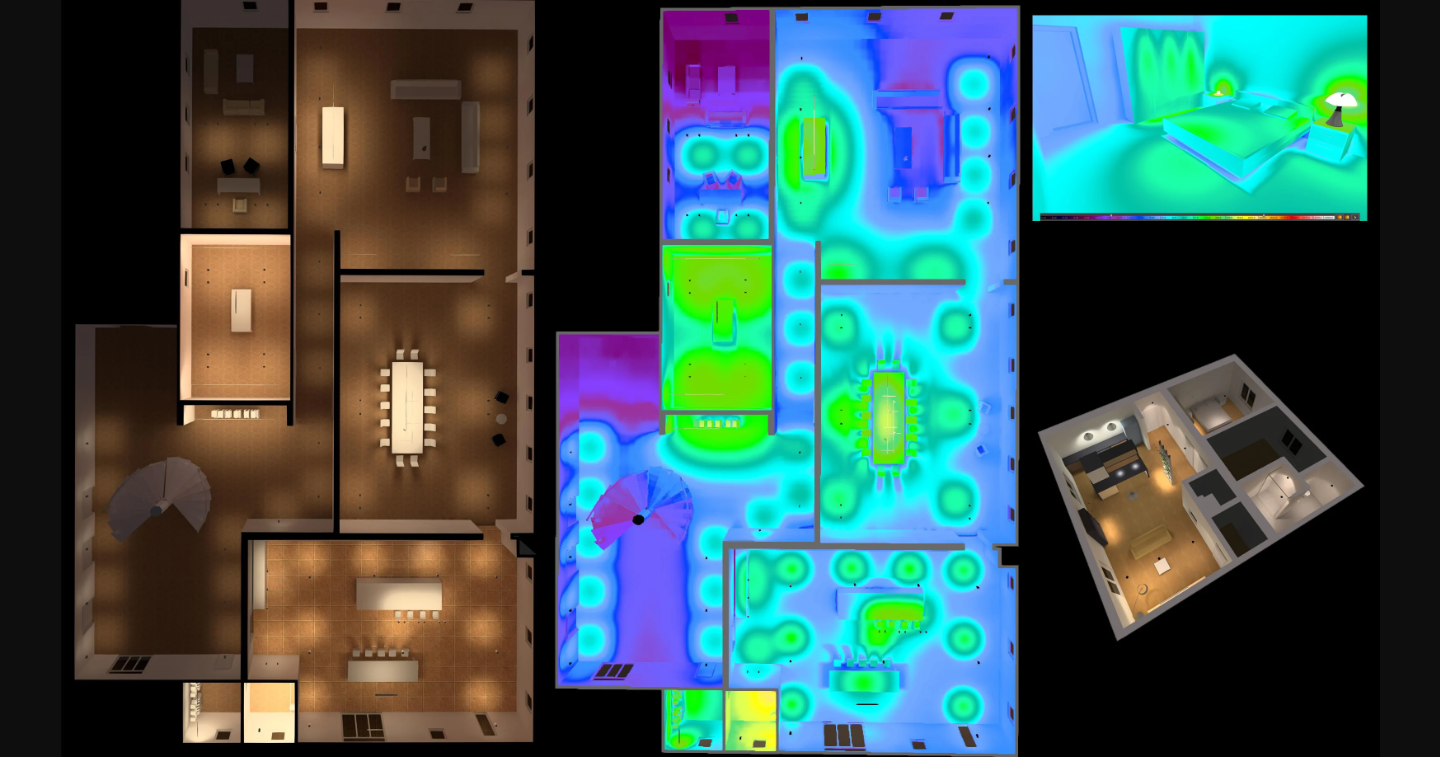What is LED?
LED is the acronym for LIGHT EMITTING DIODE, a component that emits monochromatic light with the flow of electric current.
LEDs are providing lighting designers with a whole new range of exiting tools to help them achieve the best results and develop creative lighting solutions with amazing effects that were once technically impossible to achieve. A high-quality LED with an CRI>90 index rated at 3200K – 6500K has also appeared on the market these recent years.
The brightness, homogeneity, and colour rendering of LED lights have been improved to the extent that they are now being used for a wide range of lighting applications. LED modules consist of a certain number of light emitting diodes mounted on a printed circuit board (rigid and flexible) with active or passive current regulating devices.
Optics or light guiding devices can also be added depending on the field of application to obtain different beams and light. The variety of colours, the compact size and the flexibility of the modules ensure a broad range of creative possibilities in many applications.
LEDs: how do they work?
LEDs are semiconductor devices which convert electricity into visible light. When powered (direct polarization), the electrons move through the semiconductor, and some of them fall in a lower energy band.
Throughout the process, the energy “saved” is emitted as light.
Technological research has allowed to achieve 200 Im/W for each high voltage LED. The current level of development shows that LED technology has not yet reached its full potential.

Technical specifications
We often read about photobiological safety in lighting design. This very important factor is determined by the amount of radiations emitted by all the sources with a wave length ranging between 200 nm and 3000 nm. Excessive radiation exposure can be harmful for human health. The EN62471 standard classifies light sources into risk groups.
Risk Group 0 (RGO): luminaires are exempt from photobiological risks in compliance with standard EN 62471.
Risk Group 0 (RGO Ethr): luminaires are exempt from photobiological risks in compliance with standard EN 62471 – IEC/ TR 62778. If necessary, contact our customer service for the observation distance.
Risk Group 1 (low risk group): luminaires do not pose any risks due to normal behavioural limitations of a person when exposed to a light source.
Risk Group 2 (intermediate risk group): luminaires do not pose any risks due to people’s aversion response to very bright light sources or due to thermal discomfort.

Environmental advantages
Extremely long working life (>50,000 h)
Growing efficiency
Instant switch-on mode
Dimming option with no colour temperature variations
Filter-free direct coloured light emission Complete colour spectrum
Dynamic colour control mode (DMX, DALI)
Can be switched on also at low temperature rates (-35°C)
Photobiological safety
Advantages for users
A wide range of different colours together with compact and flexible modules enable many creative and innovative design solutions
Reduced maintenance costs
Lower energy consumption, longer working life and reduced maintenance facilitate the creation of interesting applications

General advantages
Mercury-free
No IR or UV components can be found in the visible light spectrum
Reduced use of renewable and non-renewable energy sources
Environment enhancement
No light pollution
Less power installed in each lighting point
Design-related advantages
Wide choice of design solutions
Bright, saturated colours
Vibration resistant lights
Unidirectional light emission (light is shed only upon the desired object or area)

Post time: Oct-14-2022





